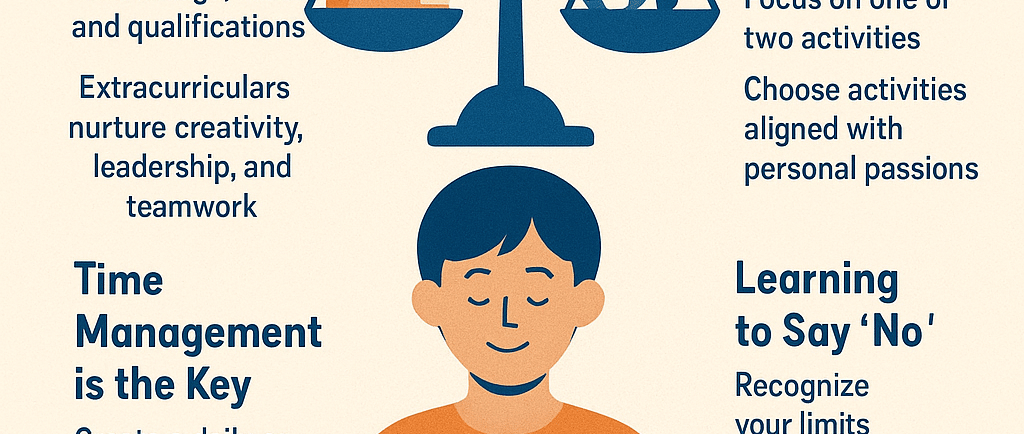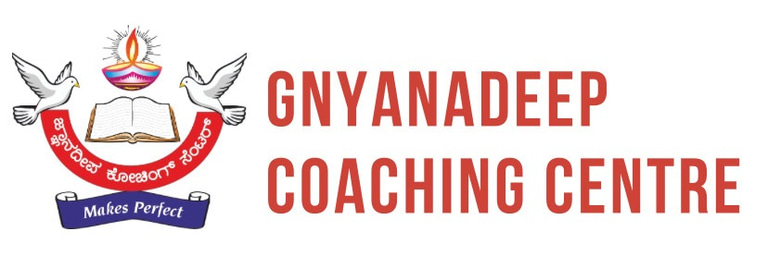The Art of Balancing Academics and Extracurriculars
.


Student life is a journey filled with opportunities to learn, grow, and discover one’s potential. While academics remain the central focus, extracurricular activities—such as sports, cultural events, debates, volunteering, or clubs—play an equally vital role in shaping a well-rounded personality. The challenge lies in balancing the two without compromising either. Mastering this art not only leads to academic success but also ensures personal development and long-term growth.
Why Balance Matters
Academics provide knowledge, skills, and qualifications essential for career success. On the other hand, extracurricular activities nurture creativity, leadership, teamwork, time management, and resilience. When students engage in both, they build confidence and develop qualities that textbooks alone cannot teach. However, neglecting academics for activities may harm grades, while ignoring extracurriculars may limit social and emotional growth. Striking a balance is therefore essential for a healthy and fulfilling student life.
Time Management is the Key
The foundation of balancing academics and extracurriculars lies in effective time management. Students should learn to prioritize tasks by creating a daily or weekly schedule. Allocating specific time blocks for study, assignments, and activities helps in staying organized. For instance, completing academic work first allows students to participate in sports or cultural activities with peace of mind. Avoiding procrastination and using tools such as planners or digital calendars can make this process smoother.
Quality Over Quantity
It is not about doing everything, but about doing the right things. Students often feel pressured to join multiple clubs or activities, which can lead to burnout. Instead, focusing on one or two activities that truly interest them ensures meaningful participation without overwhelming their academic workload. Choosing activities aligned with personal passions also increases motivation and reduces stress.
Support Systems Matter
Teachers, parents, and peers play a significant role in helping students strike a balance. Open communication with teachers about schedules and workload can prevent clashes between exams and events. Parents can provide emotional support and encouragement, while peers can share strategies for managing both areas effectively. A supportive environment motivates students to excel in both academics and extracurriculars.
Learning to Say “No”
Sometimes, balance means declining opportunities. Students must learn to recognize their limits. Accepting every responsibility—be it a club leadership position or volunteering project—might affect academic performance. Saying “no” when necessary is not a weakness, but a sign of maturity and self-awareness.
Long-Term Benefits
Balancing academics and extracurriculars equips students with skills that extend beyond the classroom. Employers and universities often look for individuals who excel academically but also demonstrate leadership, creativity, and teamwork through extracurricular involvement. More importantly, this balance fosters mental well-being, reduces stress, and helps students discover their passions.
Conclusion
The art of balancing academics and extracurriculars is not about perfection but about harmony. With effective time management, clear priorities, and strong support systems, students can thrive in both areas. Striking this balance prepares them not only for examinations but also for the challenges of life. In the end, success lies not in excelling in one sphere, but in creating a well-rounded life enriched with both knowledge and experience.
